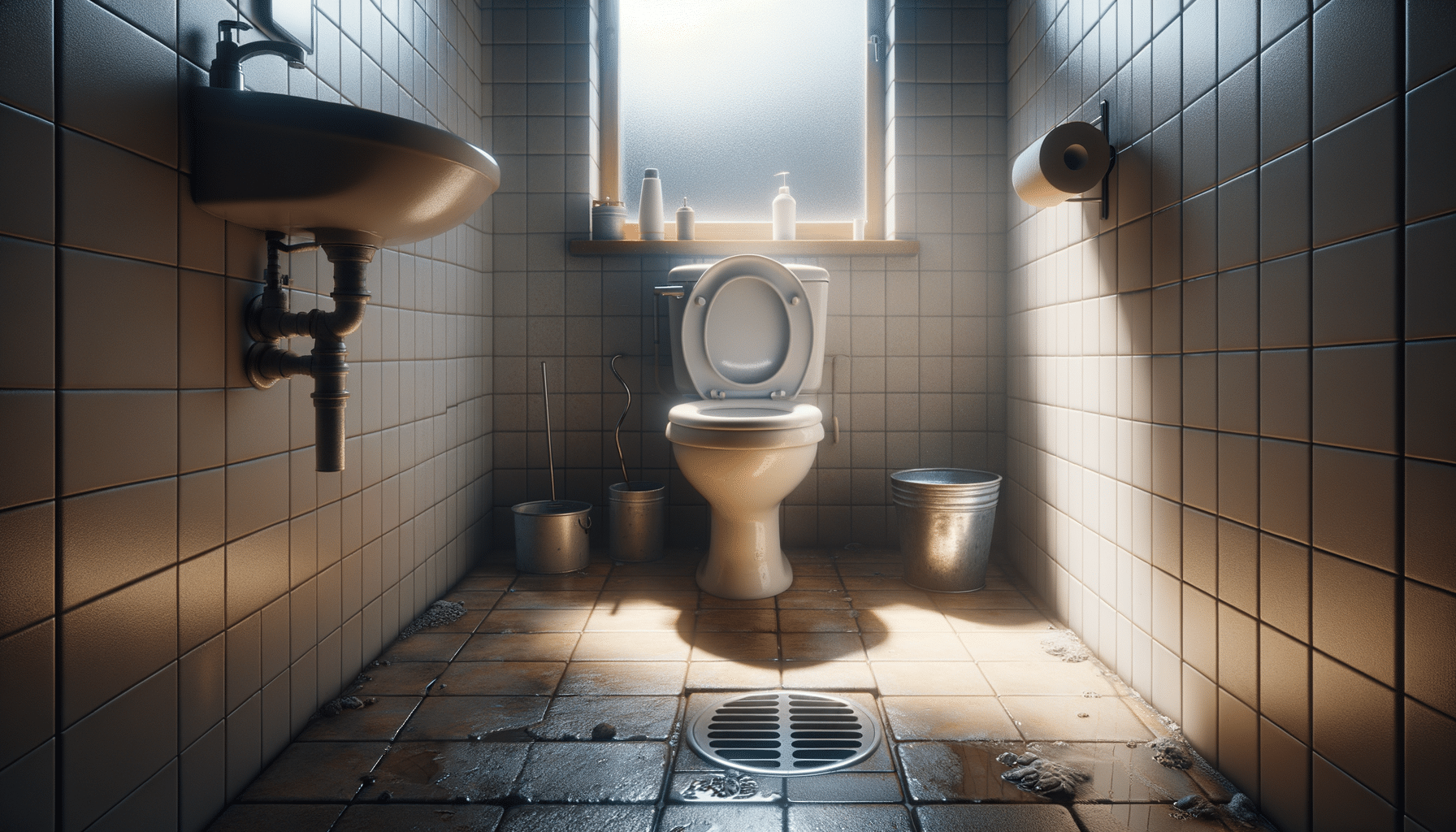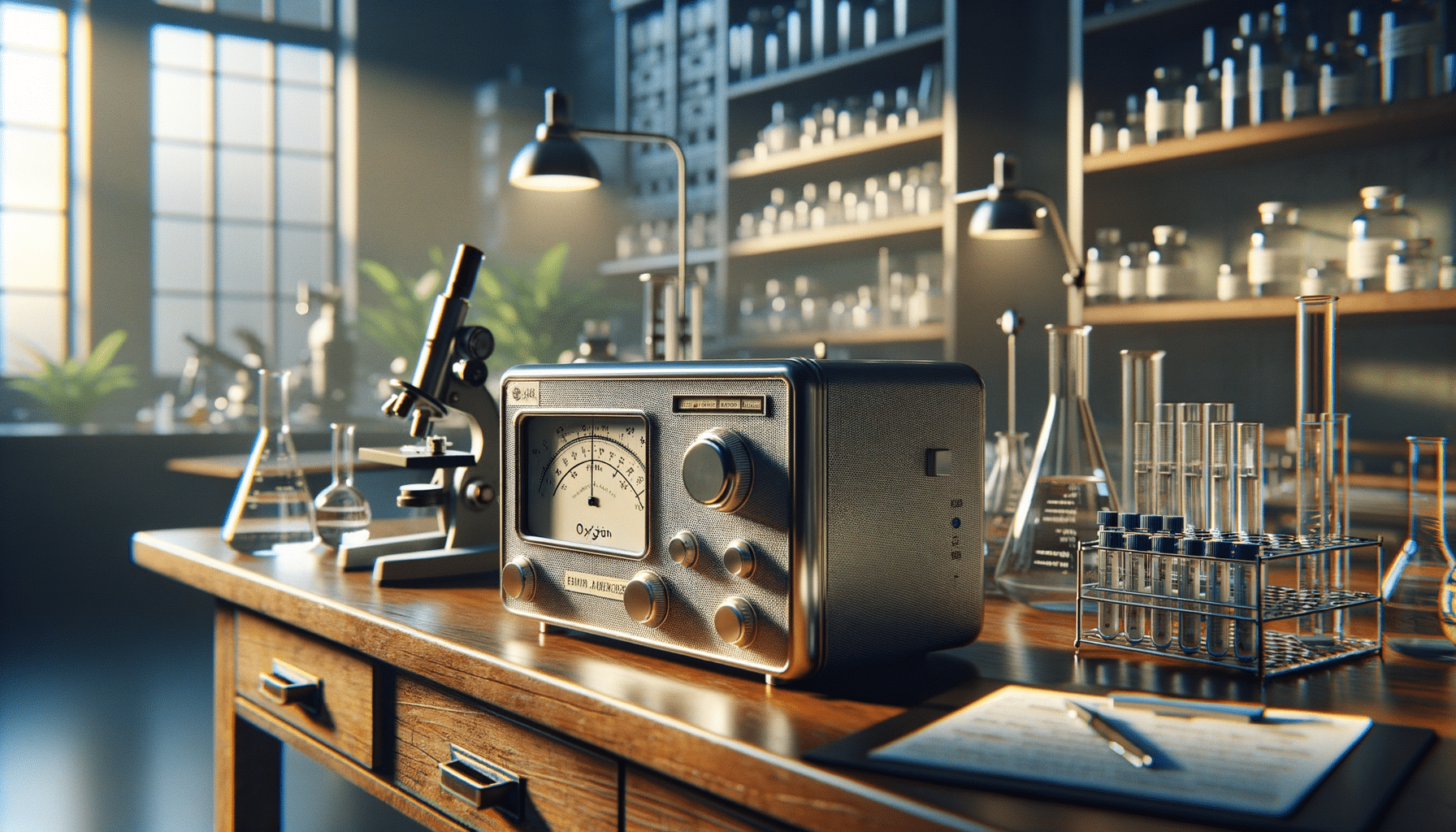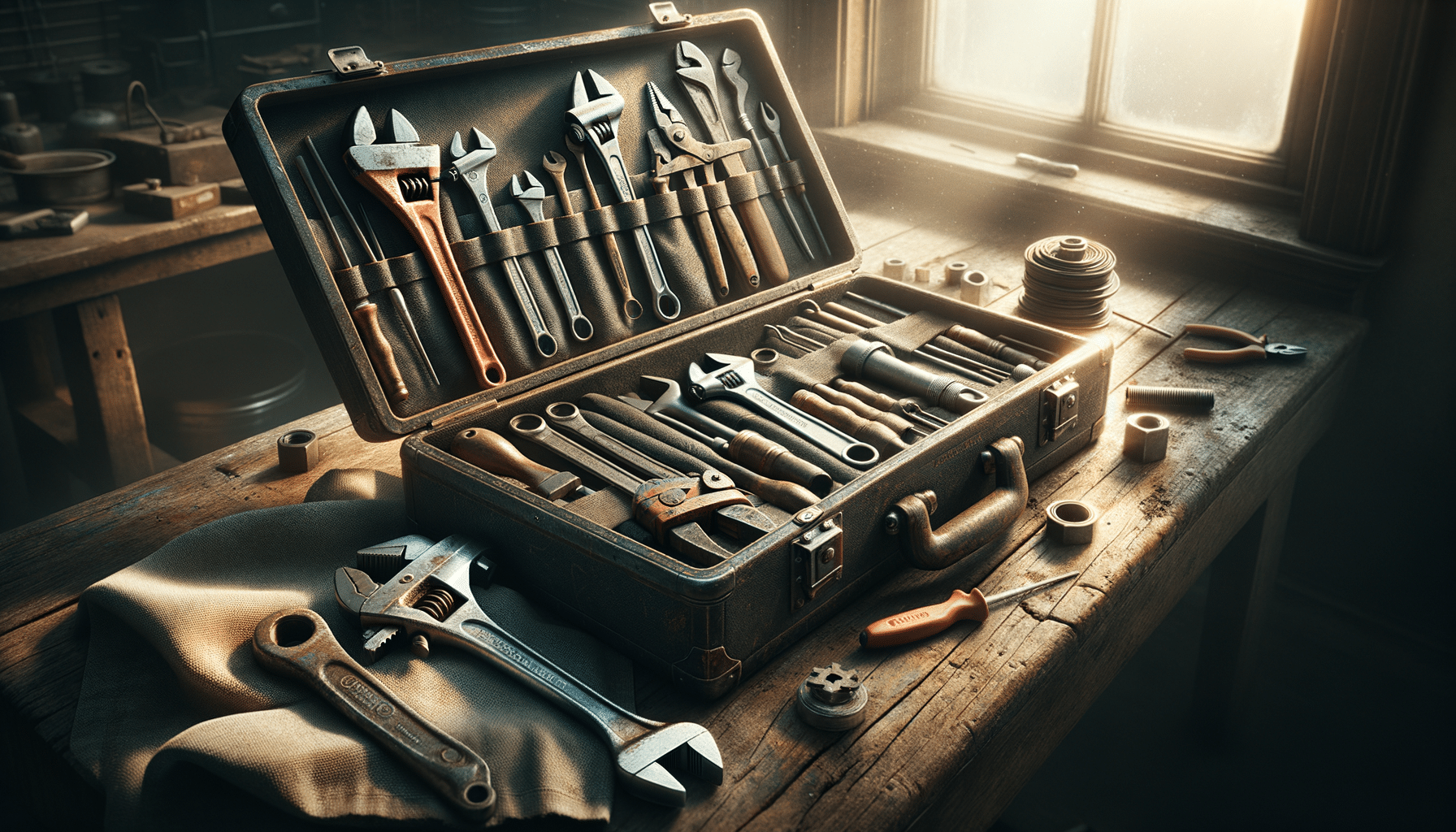
Understanding Toilet and Drain Blockages: An Overview
Introduction to Toilet and Drain Blockages
Toilet and drain blockages are common household issues that can disrupt daily routines and cause significant inconvenience. The problem arises when pipes, commodes, or drains get clogged with foreign materials such as hair, grease, or non-flushable items. Whether it’s a “commode stopped up,” a “clogged commode,” or a “stopped up toilet,” understanding the root causes and potential solutions is essential for maintaining a smoothly functioning home. This article delves into the intricacies of blockages, providing insights into prevention and resolution.
Common Causes of Blockages
Understanding why blockages occur is the first step towards effective prevention. Typically, blockages in toilets and drains result from improper disposal of materials. Items like sanitary products, excessive toilet paper, and even certain types of wipes can lead to a “stopped up toilet.” In kitchen drains, grease buildup and food particles are frequent culprits. These materials accumulate over time, narrowing the passage and eventually leading to a “stopped up drain.”
Other contributing factors include:
- Tree Roots: Roots can invade underground pipes, causing significant blockages.
- Old Pipes: Corroded or damaged pipes are more susceptible to blockages.
- Improper Installation: Poorly installed plumbing systems may not handle waste efficiently.
Addressing these issues requires a combination of regular maintenance and mindful usage to prevent recurrent blockages.
Preventive Measures
Prevention is key to avoiding the inconvenience of a “clogged commode.” Implementing simple habits can significantly reduce the risk of blockages:
- Mindful Disposal: Only flush toilet paper and human waste. Dispose of other materials in the trash.
- Regular Cleaning: Use enzyme-based cleaners to break down buildup in drains.
- Install Drain Covers: These can catch hair and debris before they enter the pipes.
- Monitor Water Flow: Slow drainage may indicate an impending blockage.
By integrating these practices into your routine, you can maintain clear pipes and avoid the hassle of dealing with a “stopped up drain.”
Solutions for Existing Blockages
When faced with a blockage, several solutions can help restore normal flow. For minor issues, a plunger is often effective in clearing a “stopped up toilet.” For more stubborn blockages, a plumbing snake can reach deeper into the pipes.
Chemical drain cleaners are available but should be used with caution, as they can damage pipes if overused. In cases where these methods fail, professional plumbers have the tools and expertise to diagnose and resolve severe blockages safely.
Regular maintenance, combined with these emergency measures, ensures that blockages are managed efficiently and with minimal disruption.
Conclusion: Maintaining a Blockage-Free Home
Toilet and drain blockages, while common, can be effectively managed with the right knowledge and practices. Understanding the causes and implementing preventive measures can significantly reduce the risk of encountering a “clogged commode” or “stopped up drain.” By staying vigilant and addressing issues promptly, homeowners can ensure their plumbing systems remain in optimal condition, ensuring a smooth and hassle-free daily routine.


